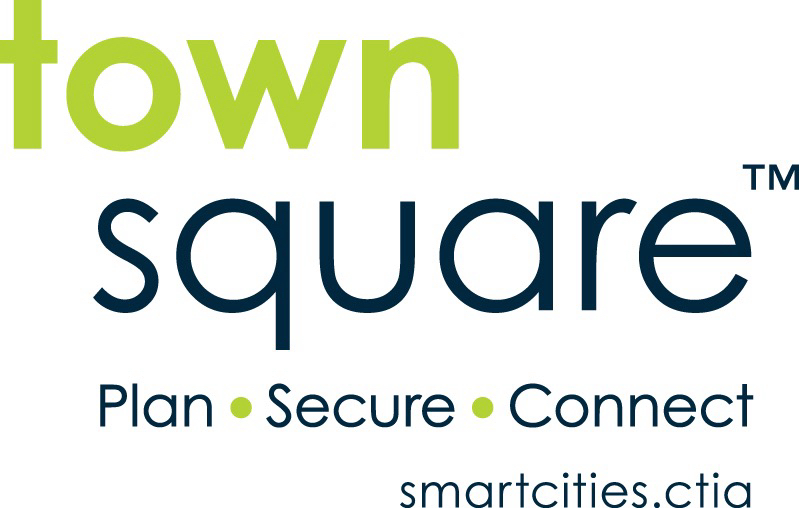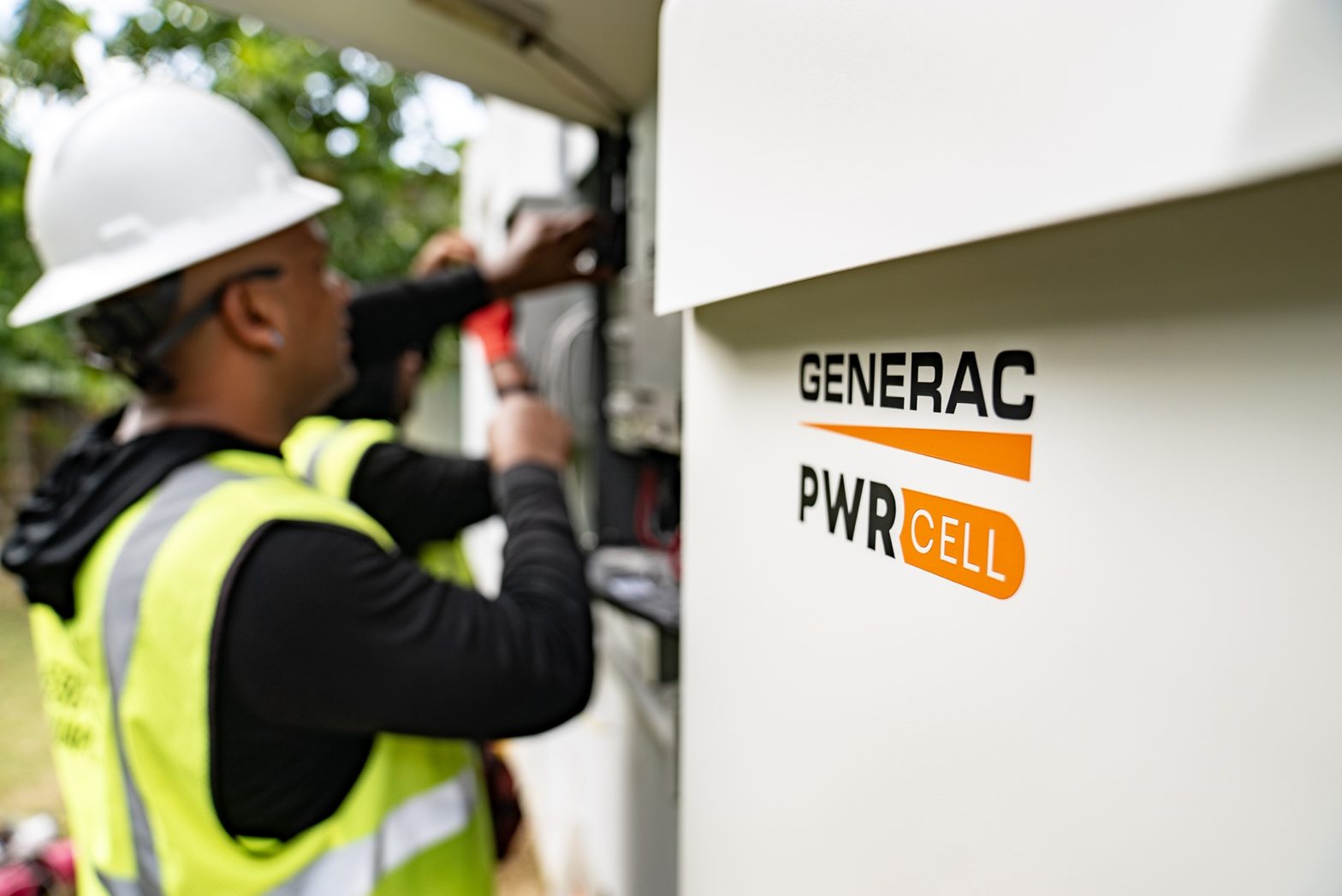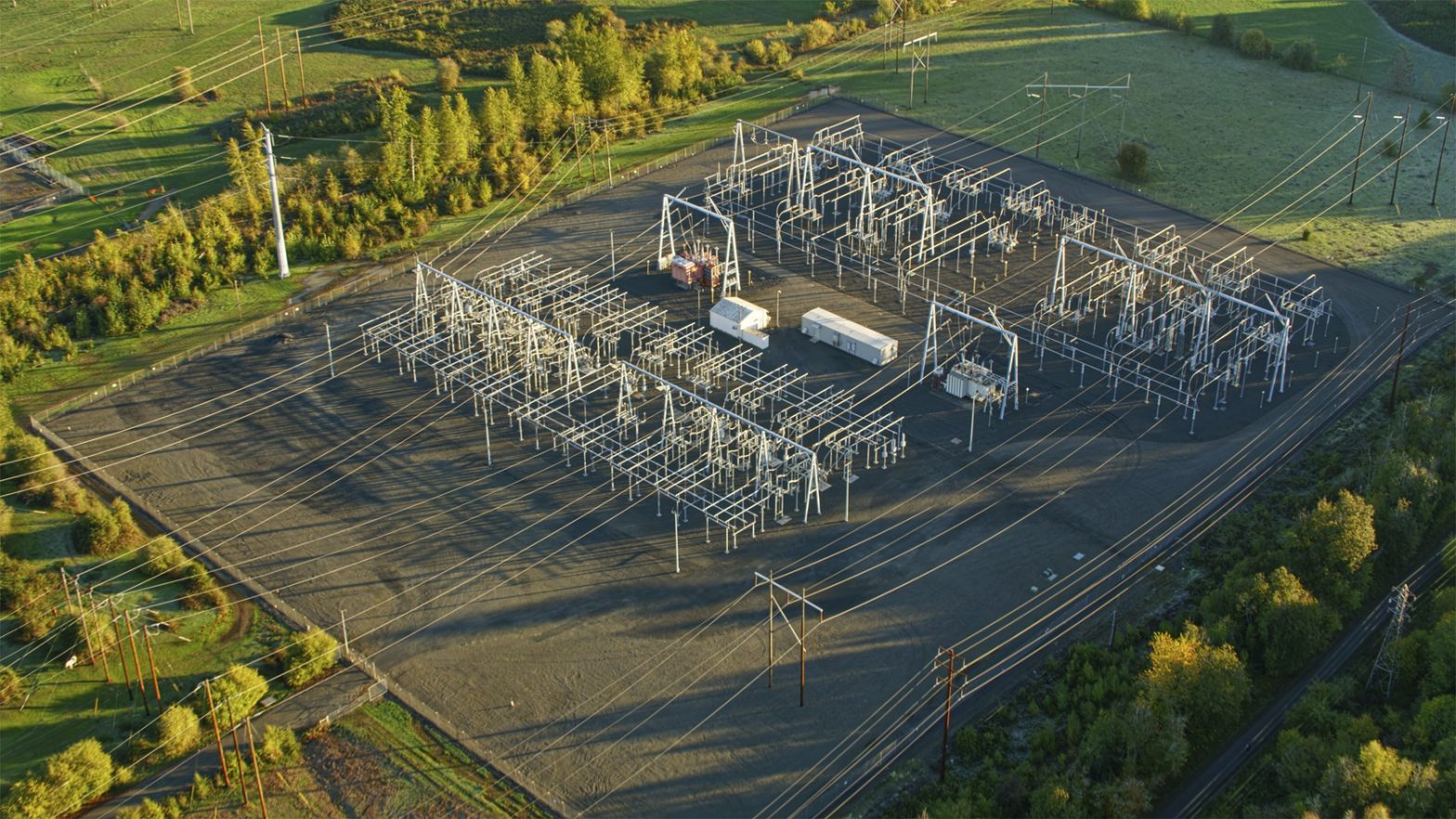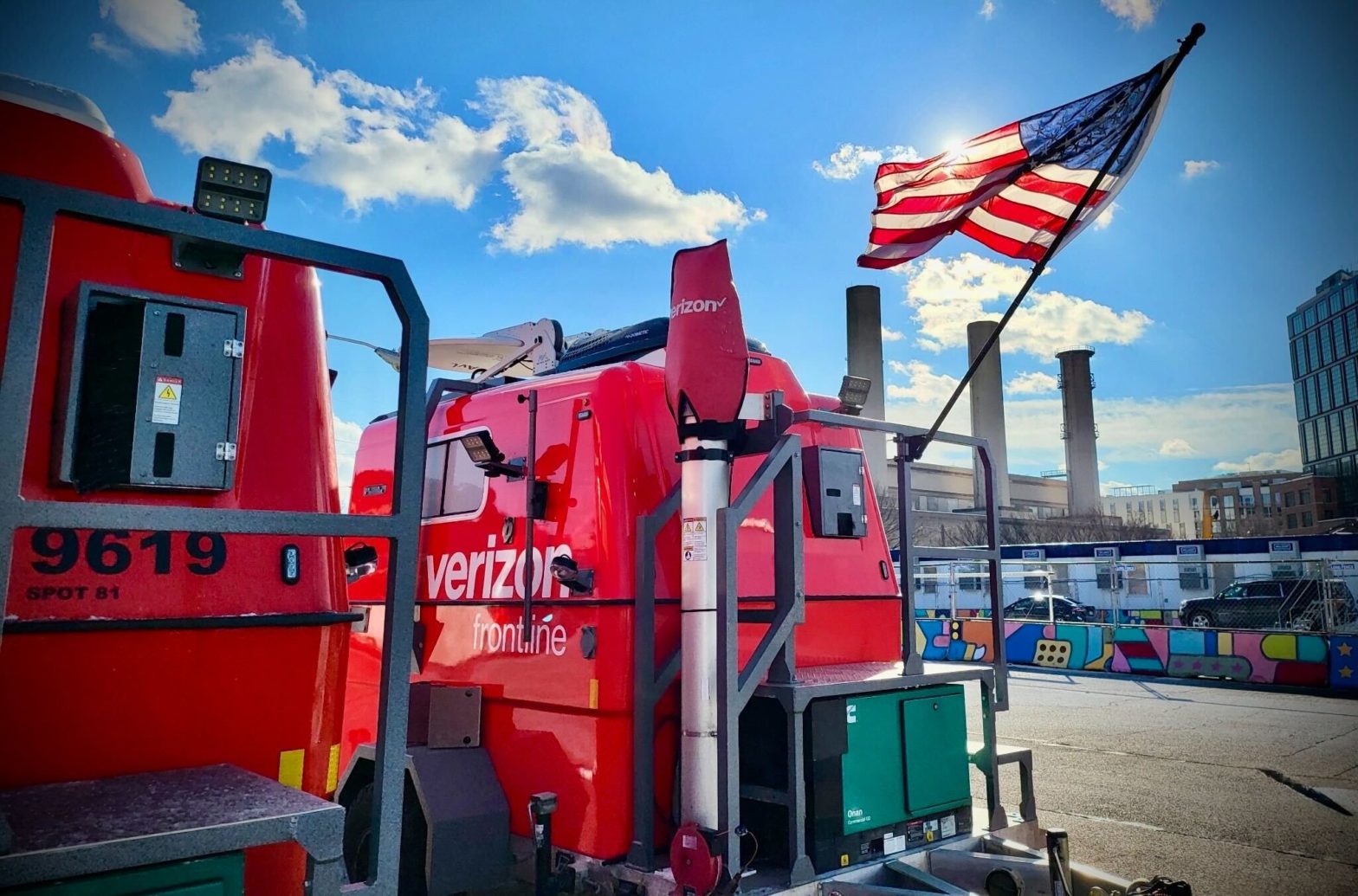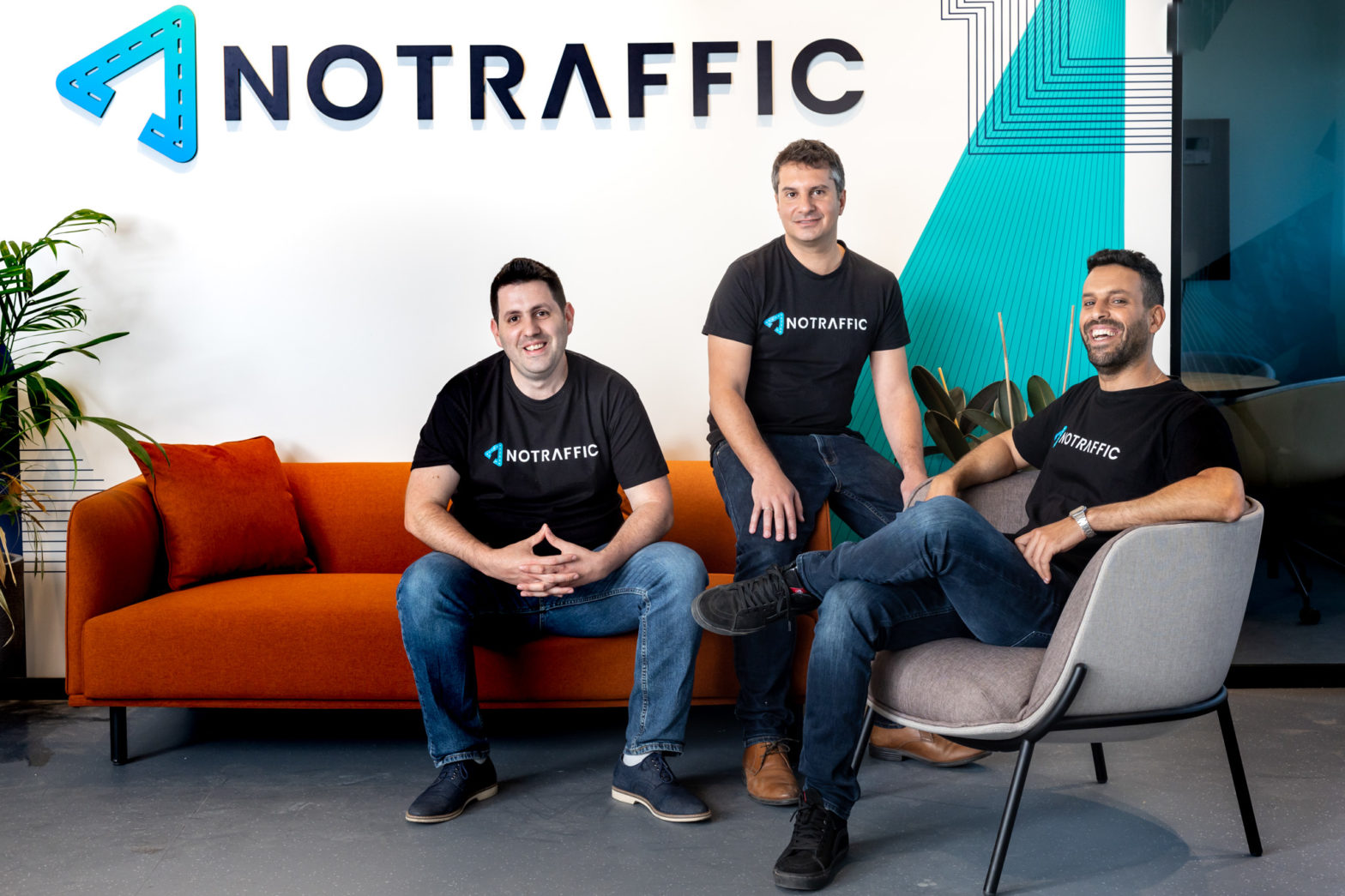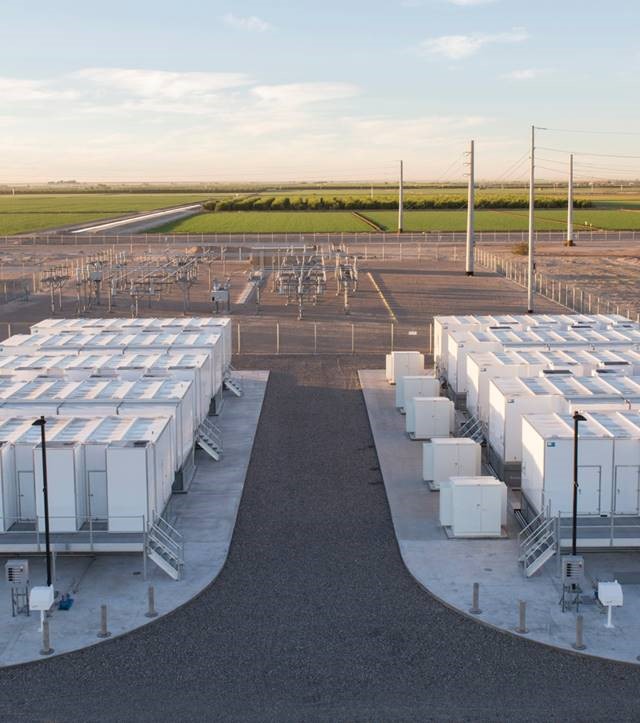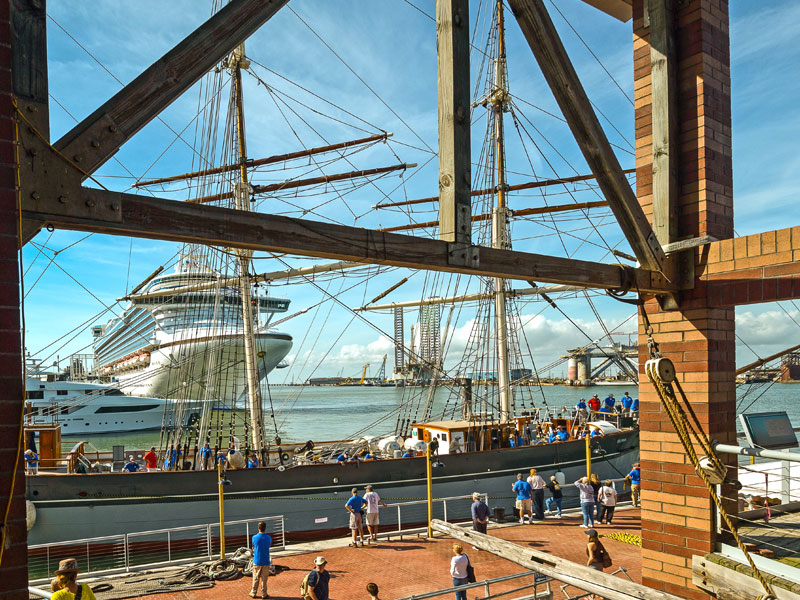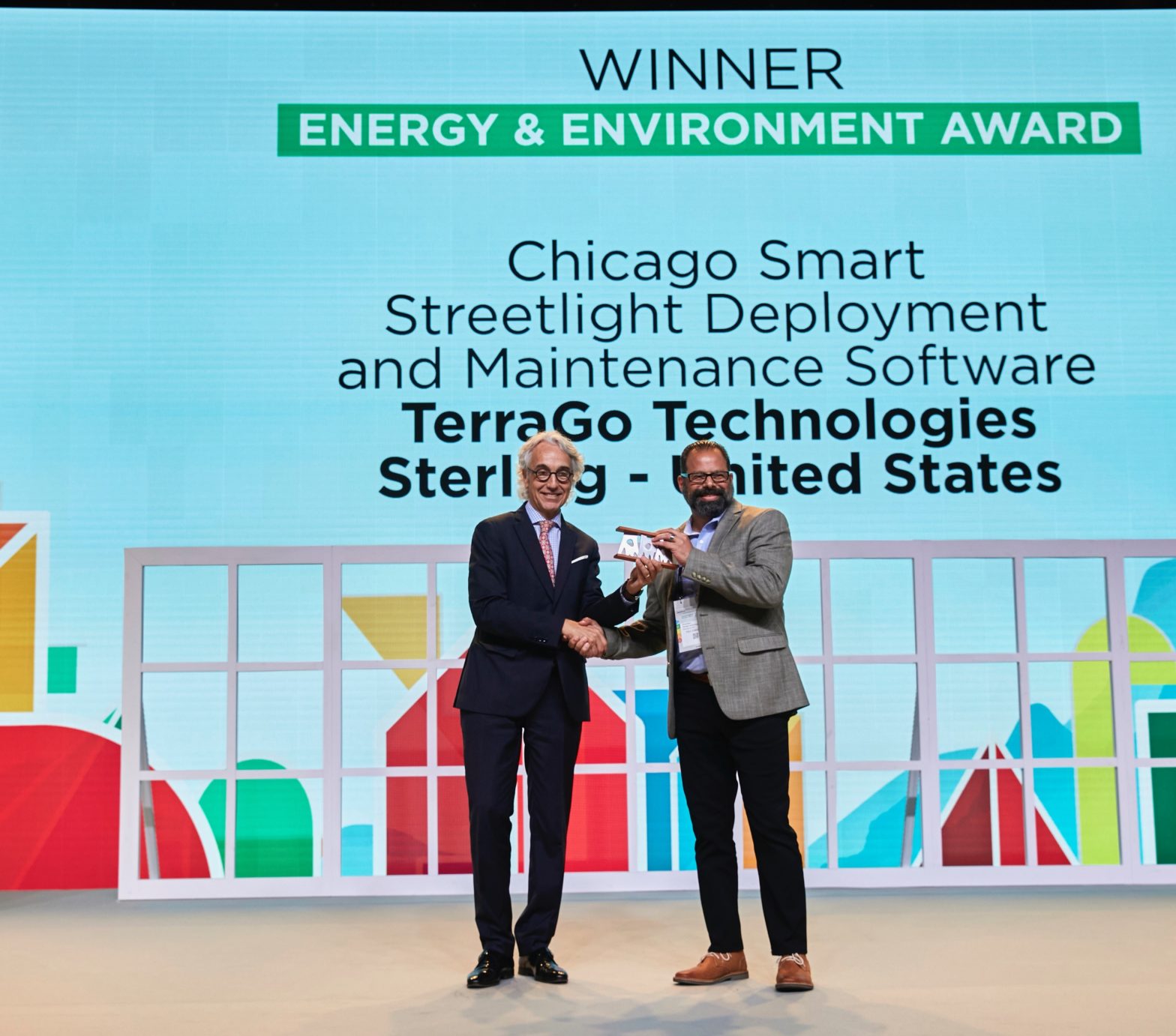
Photo: scewc award high res
Ready, set, TerraGo: connected technology that’s turning smart cities dreams into reality
07 March 2025
Too often, the most challenging part of a smart cities project does not involve the initial vision. It is all the details involved in bringing this vision to life, like legacy infrastructure, budget and resource limitations, and interoperability.
TerraGo was built for complexities like these, with technology that can be found at work in cities from Vancouver to London and an IoT application platform that market intelligence firm IDC recently recognised as an industry leader in its MarketScape report.
President and CEO Dave Basil has been with the company for over a decade, frequently out in the field talking with operations crews about their challenges and goals. Here he shares his own perspective on the smart cities landscape, TerraGo’s place in it, and what is next.
Smart cities projects that fall short of expectations–Basil’s seen it all too often. Operations teams struggle with siloed data and incompatible systems. Pilot programmes get trapped in the churn of testing and evaluating. Ultimately, the frustrations outweigh any tangible results, and the municipality or utility decides to pull the plug.
“People get overwhelmed,” Basil reflects. “They will say ‘well, the technology didn’t work,’ stop the programme, and end up going backwards. And we do not want that. We want them to keep going forward.”
This is where TerraGo comes in. Through software as a service, integration platforms, and the wireless connectivity that powers it all, TerraGo IoT technologies facilitate and accelerate progress: providing a dashboard view of LTE-connected smart streetlights, empowering field operations with real-time data, ensuring interoperability for multivendor smart grids, and more.
For installation leads in the field, TerraGo’s connected tablets put programme status, work orders, and other performance metrics at teams’ fingertips, enabling them to track progress against goals. After a solution is live, on-demand monitoring and automated maintenance mean fewer truck rolls for maintenance and repair.
Back at headquarters, dashboards connect systems for CMS, GIS, asset management, and other back-office operations, with automation, advanced analytics, and high-speed connectivity driving productivity and efficiency, energy savings and cost savings. Real-time tracking of assets optimises their use, and automated workflows improve speed and accuracy in areas like billing.
“All the pieces come together: TerraGo’s digital infrastructure, robust and reliable cellular networks, and the data coming to and from connected devices,” says Basil. “This enables smart cities leaders to manage their assets from a single pane of glass, for faster implementation and more efficient operations.”
Streamlining the journey to innovation and ROI
Cities are eager to see the tangible impact of their smart city investments. Smart streetlights deliver on multiple fronts.
Modern LEDs use less energy than legacy bulbs, for starters, and when connected networks of these energy-efficient lights deliver real-time data back to a central controller, instant adjustments provide even more sustainability and reliability. Automation–empowered by a high-speed, low-latency cellular network–makes operations even more efficient. Finally, with the right integrations, interoperability, and standards, connected lighting systems can provide a foundation for other community services, like smart traffic management at intersections and motion detectors for public safety.
Communities across the US have been reporting tangible–and impressive–results from their connected streetlight deployments. In Chicago, new LTE-networked LED streetlights are saving taxpayers over US$10 million per year. In Fairfax, Virginia, a similar lighting solution installed by Dominion Energy cut energy consumption in half, and added smart controllers that can improve that figure to 80 percent.
TerraGo helped both cities accelerate these results by streamlining the launch of these smart streetlight projects, then consolidating and automating ongoing maintenance and management.
The Chicago Smart Lighting Program, for example, faced a formidable mission: converting over 280,000 high-pressure sodium streetlights into high-efficiency networked LED lights. TerraGo StreetlightOps software brought everything together under centralized, wireless-enabled management. Then TerraGo integrated the connected streetlights with the city’s GIS and 311 systems, enabling automated mobile work orders and integrated field operations.
“Everything is more efficient. It is automated, integrated, and takes less time,” Basil says. “This means you’re getting the benefits of a better, more energy efficient, and lower carbon city now, instead of having to wait five to 10 years.”
Bringing all the pieces together
Interoperability is a big challenge in connected utility deployments. In smart streetlight networks, for example, modernisation requires cities and utilities to bridge two worlds: the old and the new.
“A city has its legacy infrastructure. At the same time, the cellular-enabled technologies you are adding to the network are improving,” Basil notes. “How do you deploy and manage it all? You do not just throw a bunch of IoT devices out there onto the network and hope for the best.”
“You’re working with different systems that think the same way or talk the same way, so you have to really be thoughtful in your integration,” he explains. “You do not want to send too much data to any system. You need to keep everything secure.”
Furthermore, the combined infrastructure of a connected deployment must be flexible, so it scales seamlessly into the future. “Every time a city changes anything–the data, the process, the workflow, anything–the integration changes.”
TerraGo brings multifaceted expertise to the implementation and one-stop ease to the solution. “Our technology allows you to plug and play all of these things into one platform and not have to log into 10 different systems to see your devices, assets, processes, and systems,” Basil says.
Leveraging AI, analytics, and 5G to increase impact
Where could intersections and neighborhoods benefit from smarter lighting? Which devices need repair?
Answering questions like these traditionally involves sending crews and trucks out into the field for an in-person inspection. TerraGo’s IoT software, by contrast, gathers this information remotely, with AI, machine learning, and predictive analytics–increasingly powered by next-generation 5G connectivity–sharpening the view.
“Exceptions, data, anomalies—anything that would cause an issue, we monitor on a regular day-to-day basis. So, when you have a problem, you can fix it immediately, not six months later.” Basil says. “It can save you millions of dollars and months of time compared with doing physical audits.”
“What’s more, with all the different data we’re gathering helping our customers—we know the vendors, the technologies, what’s happening over time, so we can spot trends,” he says.
Especially with 5G’s increased speed, ultra-low latency, and ability to support exponentially more device-scontributing to even more efficiency, savings, and impact–TerraGo’s technology empowers cities to think about the future. “Instead of being heads-down in day-to-day tactical stuff, smart cities leaders are able to look up and really focus on what’s next,” Basil declares.


